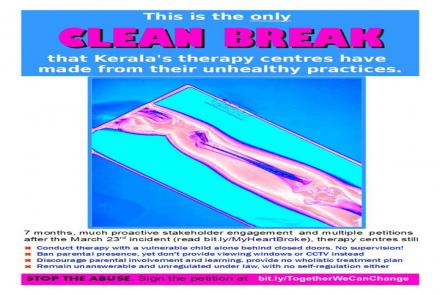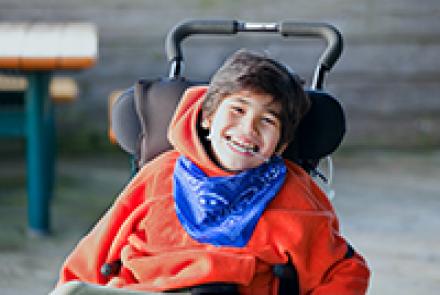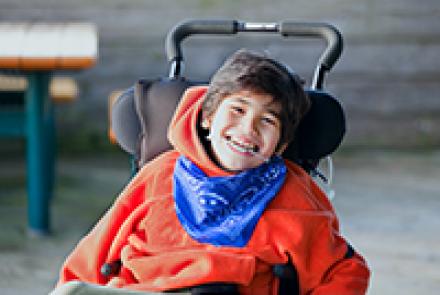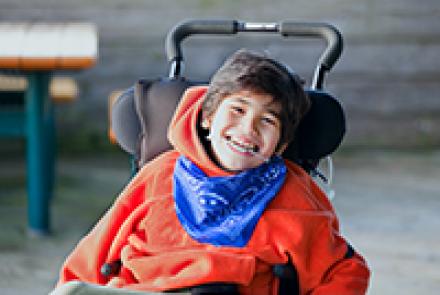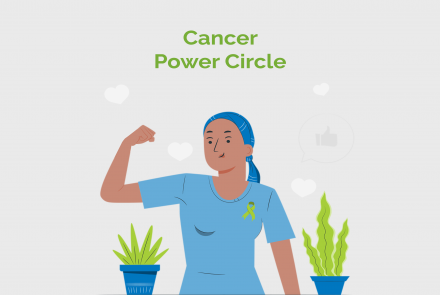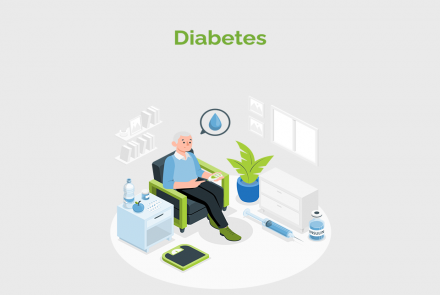Discussions about Autism Spectrum Disorder (ASD), Cerebral Palsy, Down's Syndrome ADHD and other developmental challenges that your child may be facing
This is one of the apps for Autism I came across and an interesting TED Talk by Ajit Narayanan
"The girl's name is Bhavna, and that's her mother, Kalpana. And Bhavna's an entrepreneur, but her story is much more remarkable than mine,…



